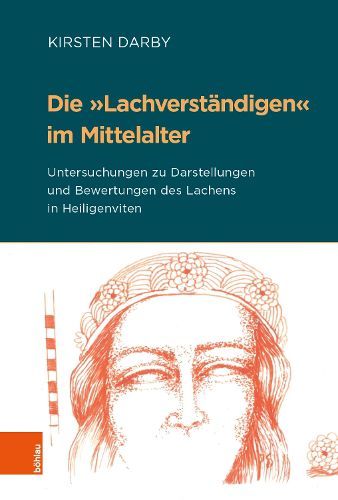Readings Newsletter
Become a Readings Member to make your shopping experience even easier.
Sign in or sign up for free!
You’re not far away from qualifying for FREE standard shipping within Australia
You’ve qualified for FREE standard shipping within Australia
The cart is loading…






In Mediavistics, it was long assumed that laughter in the Middle Ages had a negative connotation and was a body expression to be suppressed. That this is not tenable and not compatible with the existing depictions of laughing saints in medieval texts is the starting point of this book. Through the systematic analysis primarily of the lives of saints, in comparison with other text material, Kirsten Darby can show that laughing as a physical practice was suitable for social and religious distinction. Actors were able to identify themselves as experts, as people who understand laughter through their knowledge and their statements regarding laughter. The knowledge of these experts relates to text genres and traditions that have an influence on the representations and evaluations of the types, motives and actors of laughter Accordingly, there is no uniform attitude towards laughter, but a polyphony that results from different power relationships, socialization contexts, ideas of piety and the associated self-education processes.
$9.00 standard shipping within Australia
FREE standard shipping within Australia for orders over $100.00
Express & International shipping calculated at checkout
In Mediavistics, it was long assumed that laughter in the Middle Ages had a negative connotation and was a body expression to be suppressed. That this is not tenable and not compatible with the existing depictions of laughing saints in medieval texts is the starting point of this book. Through the systematic analysis primarily of the lives of saints, in comparison with other text material, Kirsten Darby can show that laughing as a physical practice was suitable for social and religious distinction. Actors were able to identify themselves as experts, as people who understand laughter through their knowledge and their statements regarding laughter. The knowledge of these experts relates to text genres and traditions that have an influence on the representations and evaluations of the types, motives and actors of laughter Accordingly, there is no uniform attitude towards laughter, but a polyphony that results from different power relationships, socialization contexts, ideas of piety and the associated self-education processes.